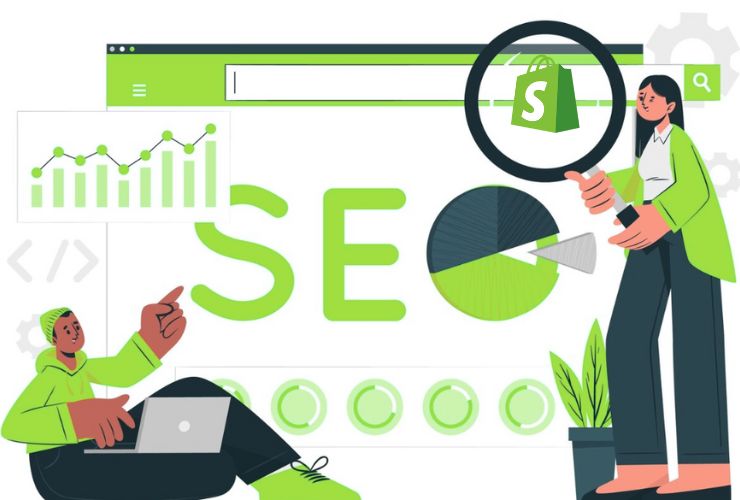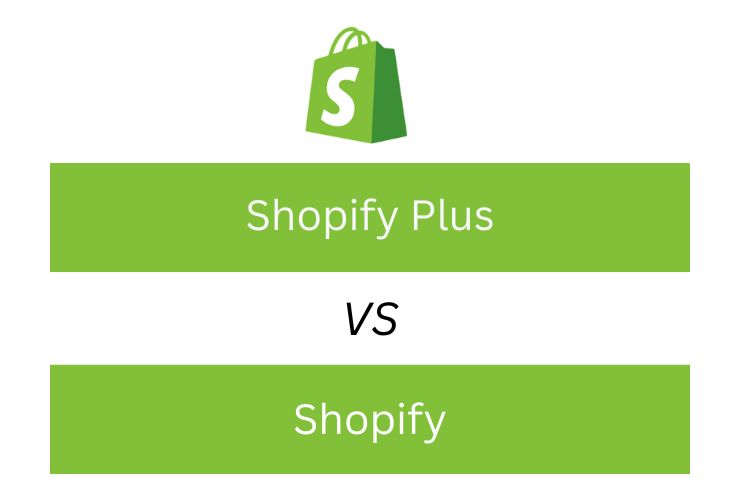Running a successful Shopify store isn’t simply about having a great product it’s about making sure people can actually find that product. In this day and age, in an overcrowded landscape of eCommerce websites, your Shopify store needs to rank well for search engines, like Google, to be prominent. Here are eight practical tips on how you can improve search engine ranking by optimizing your Shopify store.
1. Optimize Your Shopify Site Structure
This clean, logical site structure not only helps your visitors easily navigate your store but also makes it easier for search engines to crawl your site. Keep your navigation simple in design: Fewer clicks is preferable when traveling from homepage to product pages. Use clear categories and subcategories and meaningful URLs that include keywords relevant to your products.
For example, instead of “www.mystore.com/p12345,” use something like “www.mystore.com/womens-running-shoes.”
2. Use Descriptive and Keyword-Rich Titles
Your product and page titles are one of the most important SEO elements. Search engines use these titles to understand what your page is about. Use clear, descriptive, and keyword-rich titles that match what your customers are searching for.
For example, instead of just “Running Shoes,” use “Women’s Lightweight Running Shoes for All Terrain.”
3. Optimize Meta Descriptions
Meta descriptions won’t affect the rankings, but they do improve click-through rate, which consequently enhances your overall SEO. Your meta descriptions can be very intriguing for your page and product lists by including relevant target keywords in them. Write them short, concise, and crisp, ideally with 155 characters.
Example: “Explore our range of ultra-lightweight running shoes for women, engineered to deliver comfort along with speed. Free shipping for you!”
4. Boost Page Load Speed
Page speed is a key ranking factor. Slow-loading pages can harm your SEO and user experience. Some ways to enhance the load speed of your Shopify store include compressing images, using a fast Shopify theme, and reducing heavy scripts or unused apps.
You can test the speed of your store using Google PageSpeed Insights, which offers specific recommendations for improvement.
5. Optimize Product Images with Alt Text
Images are what make eCommerce have those beautiful picture pages, yet images also need a boost in optimizing them for better SEO. Have a descriptive filenames and include targeted keywords in image alt text-this does not just aid the engine in understanding a topic of image but also boosts the accessibility and convenience for disabled screen readers-dependent users.
To illustrate, a name like image123.jpg change it to an alt text named “womens-blue-running-shoes.jpg.”
6. Be Creative and Generate Quality Original Content
Content is king in SEO. Create high-quality blog posts, guides, and product descriptions that are keyword-optimized. Google favors original, helpful content, so do not copy descriptions from manufacturers. Instead, create unique, engaging descriptions that focus on the benefits and features of your products.
A blog can also drive traffic by targeting long-tail keywords that match your audience’s search queries.
7. Internal Linking
Internal linking is a great way to guide visitors to other important pages on your site while also distributing SEO value across your site. Link relevant blog posts, product pages, or collection pages to each other, making it easier for both users and search engines to navigate your store.
For example, if you’re writing a blog about running shoes, link to your best-selling running shoe product page.
8. Mobile Optimization
Google is mobile-first, which means that it primarily crawls and indexes the mobile version of websites. Ensure your Shopify store is completely mobile-friendly. Implement a responsive design, touch-optimized buttons and navigation, and ensure pages load quickly on mobile.
Since more shoppers are starting to browse and buy on the mobile, not only is it important for good SEO but to improve the shopping experience as well.
Conclusion:
Improving your Shopify store’s SEO takes time, but these eight tips can do the trick and improve your ranking on search engines and organic traffic. Consistency is the keyword. The ongoing optimization of the store and current trends in SEO will help to stay competitive in the fast-moving eCommerce world.
By focusing on site structure, optimizing your content, and ensuring fast load speeds, you’ll be well on your way to improving your store’s visibility and attracting more customers.














